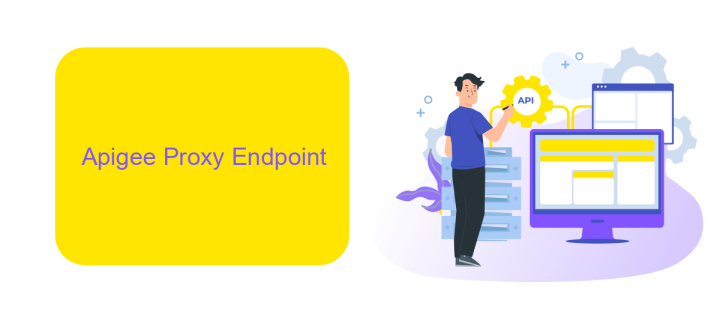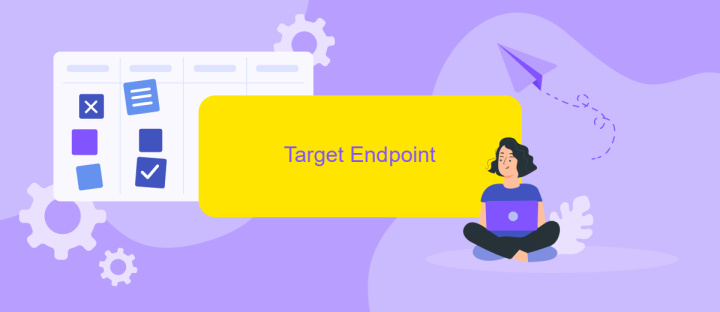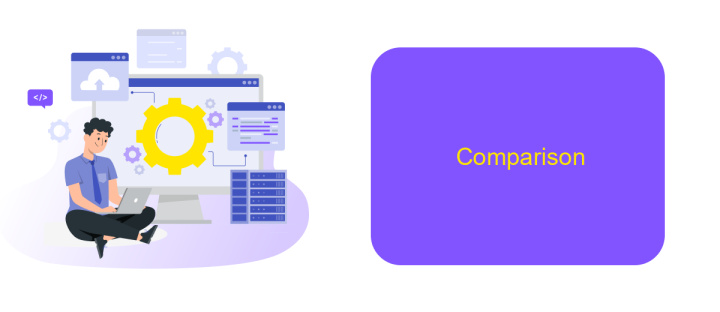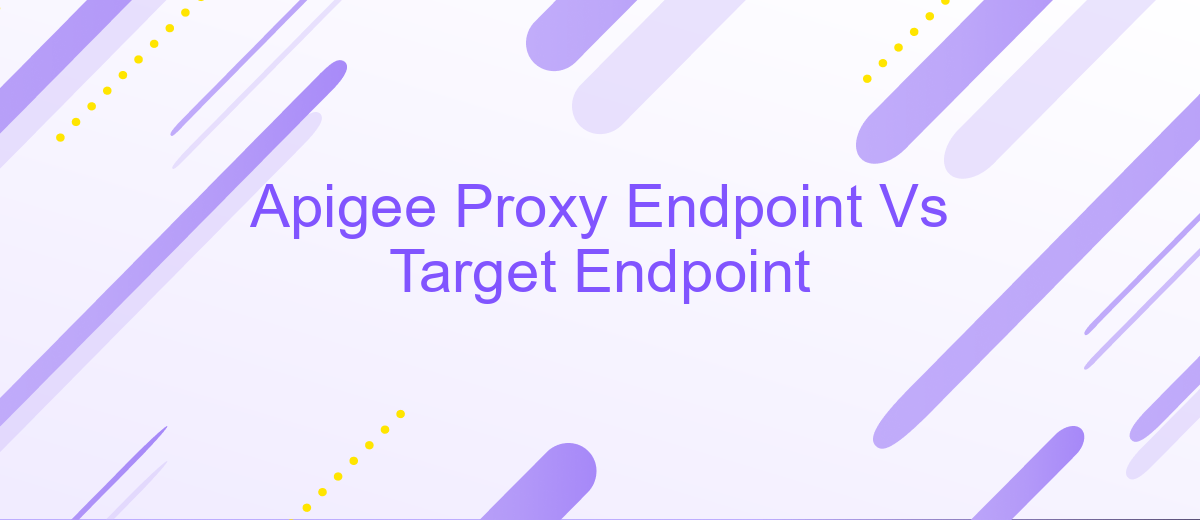Apigee Proxy Endpoint Vs Target Endpoint
When working with Apigee, understanding the distinction between Proxy Endpoints and Target Endpoints is crucial for efficient API management. Proxy Endpoints handle incoming client requests, acting as the gateway to your services, while Target Endpoints define the backend services where the actual data resides. This article explores their roles, differences, and how they work together to streamline API traffic.
Introduction
In the realm of API management, understanding the distinction between Apigee Proxy Endpoint and Target Endpoint is crucial for effective application integration. These two endpoints play pivotal roles in the way APIs are managed and utilized, impacting performance, security, and overall functionality.
- Proxy Endpoint: This is the entry point for all incoming API requests. It handles client authentication, request validation, and other front-facing tasks.
- Target Endpoint: This endpoint directs the validated requests to the backend services or servers. It ensures that the correct data is fetched and delivered back to the client.
By leveraging services like ApiX-Drive, which facilitates seamless integration between various applications, businesses can streamline their API management processes. ApiX-Drive supports easy configuration and automation, making it simpler to manage both Proxy and Target Endpoints effectively. Understanding these endpoints is fundamental for optimizing API performance and ensuring robust security measures.
Apigee Proxy Endpoint

Apigee Proxy Endpoint serves as the entry point for client requests. It acts as an intermediary between the client and the backend services, providing a layer of abstraction and security. By defining a Proxy Endpoint, you can manage traffic, enforce policies, and implement features like caching, rate limiting, and analytics. This allows for greater control over the API and ensures that the backend services are shielded from direct exposure to the clients.
One of the key benefits of using Apigee Proxy Endpoint is the ability to integrate with various third-party services and tools. For instance, ApiX-Drive can be utilized to streamline and automate the integration process, making it easier to connect Apigee with other applications and systems. This not only enhances the functionality of the API but also reduces the time and effort required to set up and maintain these integrations. By leveraging such services, businesses can achieve a more efficient and scalable API management solution.
Target Endpoint

Target Endpoint in Apigee refers to the backend service that your API proxy communicates with. It is where the actual business logic resides, and it processes the requests sent by the client through the proxy. Configuring the Target Endpoint correctly is crucial for the proper functioning of your API proxy, as it ensures that the client requests are routed to the appropriate backend service.
- Define the URL of the backend service.
- Set up authentication and authorization mechanisms to secure the communication.
- Configure timeout and retry policies to handle failures gracefully.
- Enable logging and monitoring to track the performance and issues.
- Integrate with third-party services like ApiX-Drive for seamless data synchronization and automation.
By properly setting up the Target Endpoint, you can ensure that your API proxy efficiently communicates with the backend services, providing a smooth and reliable experience for the end-users. Additionally, integrating with services like ApiX-Drive can help automate data flows and enhance the overall functionality of your API ecosystem.
Comparison

When comparing Apigee Proxy Endpoint and Target Endpoint, it's essential to understand their distinct roles in API management. The Proxy Endpoint serves as the entry point for client requests, handling authentication, rate limiting, and other policies before forwarding the request. In contrast, the Target Endpoint is the destination server where the actual backend service resides, processing the business logic and returning the response.
Both endpoints play crucial roles but have different responsibilities. The Proxy Endpoint ensures security and traffic management, while the Target Endpoint focuses on executing the core functionalities of the API. This separation of concerns allows for more manageable and scalable API architecture.
- Proxy Endpoint: Manages client requests, applies policies, and forwards to Target Endpoint.
- Target Endpoint: Hosts the backend service, processes requests, and returns responses.
- Integration services like ApiX-Drive can streamline the setup and management of these endpoints, enhancing overall efficiency.
Understanding the differences between Proxy Endpoint and Target Endpoint is vital for effective API management. By leveraging tools like ApiX-Drive, organizations can simplify the integration process, ensuring seamless communication between clients and backend services.
Conclusion
In conclusion, understanding the distinctions between Apigee Proxy Endpoint and Target Endpoint is crucial for optimizing API management and ensuring seamless integration. Proxy Endpoints serve as the public interface for your APIs, handling client requests and enforcing policies, while Target Endpoints manage the actual backend service interactions. This separation allows for better control, security, and flexibility in managing API traffic and backend services.
For businesses looking to streamline their integration processes, services like ApiX-Drive can provide valuable assistance. By automating data transfer between various applications and APIs, ApiX-Drive simplifies the setup and management of integrations, allowing organizations to focus on their core activities. Leveraging such tools can enhance the efficiency and reliability of your API ecosystem, ensuring smoother operations and better performance.
FAQ
What is an Apigee Proxy Endpoint?
What is a Target Endpoint in Apigee?
How does Apigee Proxy Endpoint differ from Target Endpoint?
Can I use automation tools to manage Apigee Proxy and Target Endpoints?
Why is it important to understand the difference between Proxy Endpoint and Target Endpoint?
Apix-Drive is a simple and efficient system connector that will help you automate routine tasks and optimize business processes. You can save time and money, direct these resources to more important purposes. Test ApiX-Drive and make sure that this tool will relieve your employees and after 5 minutes of settings your business will start working faster.

